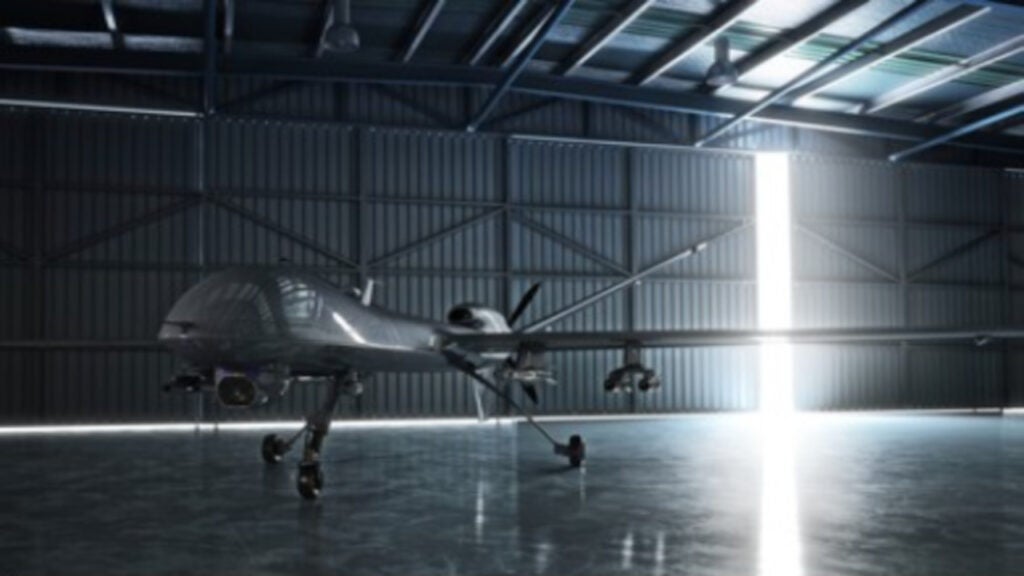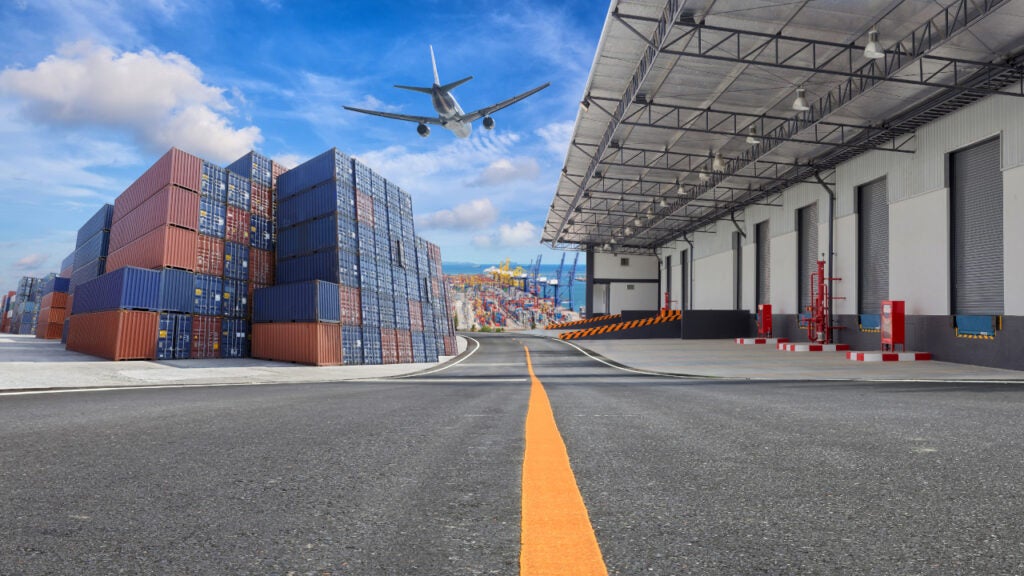The aerospace and defence industry continues to be a hotbed of innovation, with activity driven by the need to lower operational costs, larger consumer trends, and electrification, and growing importance of technologies such as hydrogen and electric aircraft and advanced materials. In the last three years alone, there have been over 174,000 patents filed and granted in the aerospace and defence industry, according to GlobalData’s report on Environment Sustainability in Aerospace, Defence & Security: Fuselage frame modeling.
However, not all innovations are equal and nor do they follow a constant upward trend. Instead, their evolution takes the form of an S-shaped curve that reflects their typical lifecycle from early emergence to accelerating adoption, before finally stabilising and reaching maturity.
Identifying where a particular innovation is on this journey, especially those that are in the emerging and accelerating stages, is essential for understanding their current level of adoption and the likely future trajectory and impact they will have.
180+ innovations will shape the aerospace and defence industry
According to GlobalData’s Technology Foresights, which plots the S-curve for the aerospace and defence industry using innovation intensity models built on over 262,000 patents, there are 180+ innovation areas that will shape the future of the industry.
Within the emerging innovation stage, hydrogen fuel cells, aircraft powertrain control, and fuel cells for aircraft are disruptive technologies that are in the early stages of application and should be tracked closely. EV charging stations, battery management systems, and electric aircraft charging interfaces are some of the accelerating innovation areas, where adoption has been steadily increasing. Among maturing innovation areas are fuselage frame modelling and powered wheels for aircraft landing, which are now well established in the industry.
Innovation S-curve for environmental sustainability in the aerospace and defence industry

Fuselage frame modelling is a key innovation area in environmental sustainability
Through modelling, novel airframes can be developed that enhance efficiency and aerodynamic qualities.
GlobalData’s analysis also uncovers the companies at the forefront of each innovation area and assesses the potential reach and impact of their patenting activity across different applications and geographies. According to GlobalData, there are 20+ companies, spanning technology vendors, established aerospace and defence companies, and up-and-coming start-ups engaged in the development and application of fuselage frame modelling.
Key players in fuselage frame modelling – a disruptive innovation in the aerospace and defence industry
‘Application diversity’ measures the number of different applications identified for each relevant patent and broadly splits companies into either ‘niche’ or ‘diversified’ innovators.
‘Geographic reach’ refers to the number of different countries each relevant patent is registered in and reflects the breadth of geographic application intended, ranging from ‘global’ to ‘local’.
Among aerospace and defence companies, Boeing is the leading patent filer in fuselage frame modelling. Modelling allows aircraft OEMs to develop novel airframes effectively, allowing for aerodynamic qualities to be enhanced. With regards to its commercial aircraft, Boeing has investigated the use of novel airframes such as the transonic truss-braced wing (TTBW) design. The design would enhance aerodynamic performance, allowing the aircraft to travel at speeds of about Mach 0.8, while reducing fuel consumption. Other key patent filers include Airbus, which is investigating the use of blended-wing body fuselages, and Lockheed Martin.
In terms of application diversity, General Dynamics leads the pack. DAHER Aerospace comes in at second and Boeing at third place. By means of geographic reach, Israel Aerospace Industries holds the top position, while DAHER Aerospace and General Dynamics follow behind.
Fuselage frame modelling allows OEM producers to develop and design novel airframes prior to construction, thus offering designers the opportunity to explore novel designs at low cost. With drivers such as the need for next-generation military aircraft and energy-efficient commercial aircraft, fuselage frame modelling is emerging as an extremely useful tool to drive innovation.
To further understand the key themes and technologies disrupting the aerospace and defence industry, access GlobalData’s latest thematic research report on Defence.




